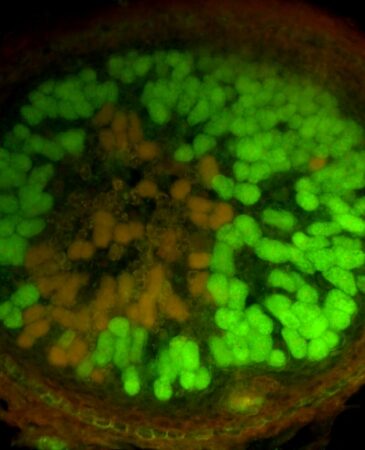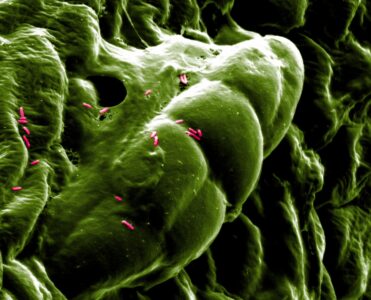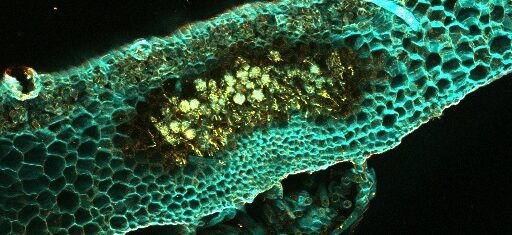Organizers

Delphine Capela
LIPME

Pierre-Marc Delaux
LRSV
This axis of the Symbiphyt network aims to set up a space for animation and exchange around questions on the evolution of mutualistic symbiosis between the diversity of land plants and their microorganisms. These evolutionary questions are central to the research work of several teams in the network. The studied models cover a great diversity of symbioses and species including very old interactions between plants (Marchantia, Medicago, Brachypodium, Titricum) and endomycorrhizal fungi or between trees (Populus) and ectomycorrhizal fungi, nitrogen fixing symbioses more recently evolved between rhizobia and legumes (Medicago, Mimosa, Aeschynomene) and between Frankia bacteria and actinorhizal plants (Alnus, Casuarina), or even very recent leaf interactions with endophytic bacteria (Dioscorea/Orella). The network is also interested in the evolution and the dynamics of adaptation of bacterial communities associated with plants, an issue of particular importance in the context of climate change. The approaches used by the research teams are multiple ranging from comparative genomics and phylogenomics, to experimental evolution and ecology. Thus, the question of the evolutionary mechanisms of symbiotic interactions is approached from complementary perspectives and in an almost exhaustive manner.


Understanding the molecular innovations at the origin of these symbioses and their evolutionary history (loss and gain of functions) will help the development of new beneficial associations between plants and microorganisms, which could ultimately contribute to maintain sufficient agricultural production regarding the population growth while reducing the use of polluting inputs.


